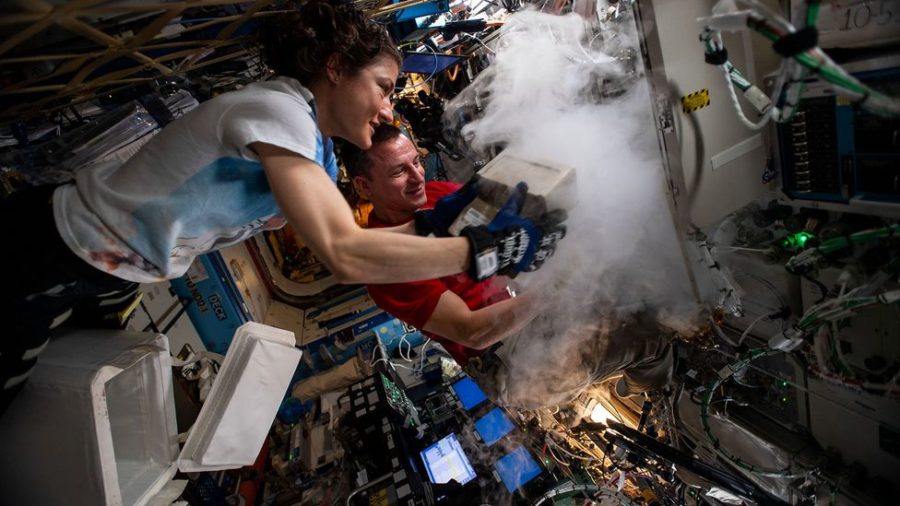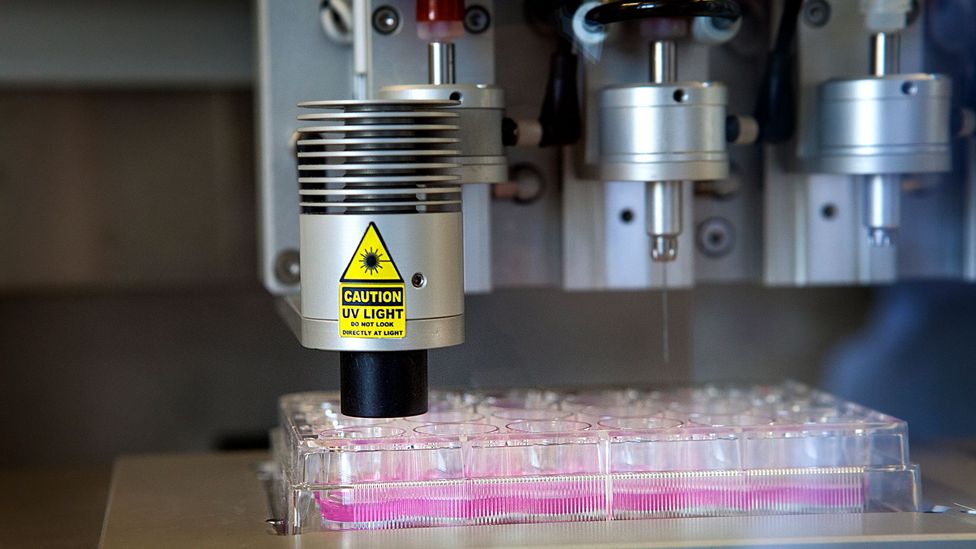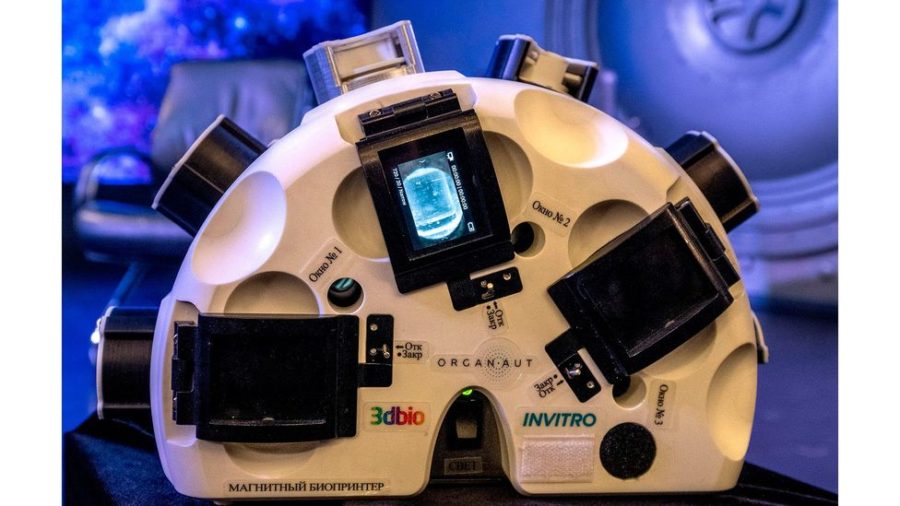Why?
With a global shortage of organs suitable for transplant into critically ill patients, some researchers are looking at 3D printing of living tissue as a solution – but to do it they might need to go into orbit.
The following written content by Josh Sims

Andrew Morgan has seen some of the worst things that can happen to the human body. As a battlefield doctor with the US Army, he’s treated young soldiers whose bodies had been torn and broken in explosions. “I’ve seen the loss of limbs and some devastating injuries as the result of blasts,” he says. Witnessing the slow healing and recovery process first-hand got Morgan thinking – what if new tissue or even entire organs could be simply printed off to replace injured body parts?
“The ability to transplant tissues made from the injured person’s own cells would be hugely beneficial,” he says.

That’s why Morgan conducted a series of unusual experiments over several months last year – in outer space. You see, Morgan is also a Nasa astronaut. In April 2020 he returned from a 272-day stay on the International Space Station (ISS). While he orbited 248 miles (400km) above the Earth’s surface, Morgan created living tissue, cell by cell, using a 3D printer and something called bio-ink.

“It’s not unlike changing a printer cartridge at home,” says Morgan of the equipment he used. “You put in the ink cartridge, allow the culture to develop and then remove the tissue cassette for analysis.”
So far, so simple. But there is a reason why Morgan and his fellow astronaut Christina Koch were doing these experiments while in orbit.
“When you’re 3D-printing a tissue culture on the ground, there’s a tendency for them to collapse in the presence of gravity,” he says. “The tissues require some sort of [temporary, organic] scaffold to hold everything in place, especially with cavities like the chambers of a heart. But you don’t have those effects in a micro-gravity environment, which is why these experiments have been so valuable.” Read more from BBC.





